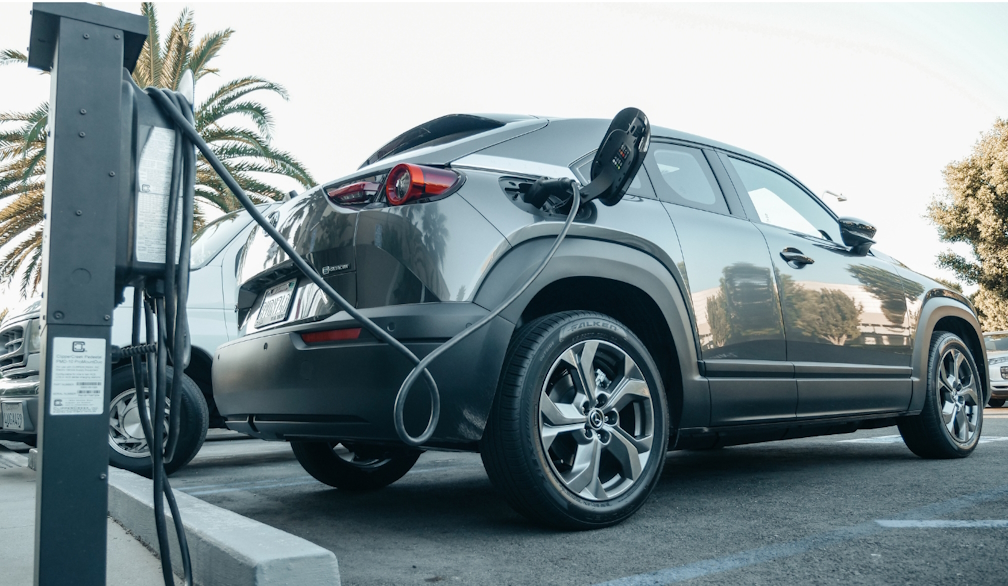Understanding Traffic Management Plans: A Comprehensive Overview
- Written by The Times

Traffic management is an essential aspect of urban planning and infrastructure development. As cities grow and the number of vehicles on the road increases, effective traffic management becomes vital to ensure safety, reduce congestion, and enhance the overall efficiency of transportation systems. One key tool in the realm of traffic management is the Traffic Management Plan (TMP). This article delves into the significance, components, benefits, and implementation of Traffic Management Plans.
What is a Traffic Management Plan?
A Traffic Management Plan is a strategic document that outlines how traffic will be managed in a specific area, particularly during construction projects or large events. The objective of a TMP is to minimize disruptions to traffic flow while ensuring the safety of both road users and workers involved in construction or event operations.
Generally, a TMP includes detailed information regarding traffic control measures, signage, detours, and communication strategies aimed at minimizing the impact of roadworks or road closures on the surrounding areas. The document is meant to be dynamic, allowing for modifications based on real-time conditions and feedback.
Key Components of a Traffic Management Plan
- Scope and Purpose: The TMP begins with a clear outline of its scope, detailing the project or event at hand, the expected duration, and the geographic area it will impact. Defining the purpose provides a framework for the subsequent components.
- Traffic Flow Analysis: This section involves an assessment of current traffic patterns in the affected area. Data may include peak traffic times, volume counts, and accident history, which together inform decisions about future traffic management strategies.
- Traffic Control Devices: The TMP identifies necessary traffic control devices, such as traffic signs, cones, barriers, and signals. This ensures that road users have clear guidance on navigating the area safely.
- Detour Routes: In cases where road closures or restrictions are necessary, the TMP provides alternative routes for motorists. These detours must be clearly marked and accessible, ensuring minimal disruption to traffic flow and safety.
- Communication Strategy: Effective communication is crucial in managing public expectations and informing them about changes to traffic patterns. The TMP should outline how information will be disseminated, including the use of social media, signage, local news outlets, and engagement with community stakeholders.
- Emergency Response Plan: A resilient TMP will also include protocols for emergency situations. This ensures that emergency vehicles can access affected areas, and provides a plan for rapidly responding to unforeseen incidents.
- Monitoring and Evaluation: The TMP should set out methods for monitoring traffic flow and evaluating the effectiveness of the implemented strategies. Continuous assessment is key to adjusting the plan as needed and ensuring optimal traffic management.
Benefits of Traffic Management Plans
- Enhanced Safety: By establishing clear protocols for traffic control and dedicated routes, TMPs significantly reduce the likelihood of accidents. Protective measures for both pedestrians and workers are emphasized.
- Minimized Traffic Disruptions: One of the primary goals of a TMP is to lessen the impact on local traffic. Through careful planning of detours and clear communication, road users experience fewer delays, resulting in improved travel times.
- Improved Public Communication: TMPs foster better communication with the public, keeping road users informed and engaged throughout the duration of projects and events. This transparency can enhance community relations.
- Data-Driven Decision Making: By incorporating traffic flow analysis and monitoring strategies, TMPs allow for data-driven decision-making. Continuous evaluation enables timely adjustments, ensuring traffic management objectives are met.
- Environmental Considerations: Effective traffic management can lead to a reduction in emissions resulting from idling vehicles stuck in traffic. By minimizing congestion, TMPs contribute to more sustainable urban environments.
Implementation of Traffic Management Plans
The successful implementation of a TMP requires collaboration among various stakeholders. City planners, traffic engineers, construction managers, and local government officials must work together to develop a comprehensive plan that addresses all relevant concerns.
Proper training for personnel involved in traffic management is also crucial. On-site staff must understand the TMP, including the significance of traffic control devices and emergency response protocols. Regular briefings and updates during the project or event help maintain alignment and adaptability.
Moreover, engaging with the community before and during project execution can further enhance the effectiveness of a TMP. Gathering feedback from local residents and businesses offers valuable insights into how well the plan is functioning and what improvements can be made.
Conclusion
Traffic Management Plans play a crucial role in modern urban planning, helping cities manage the complexities of increased vehicular movement. By carefully analyzing traffic patterns, employing effective control measures, and ensuring clear communication with the public, TMPs foster safer and more efficient transportation environments. As urbanization progresses and transportation needs evolve, the importance of well-structured Traffic Management Plans will only continue to grow, making them vital to the success of any infrastructural development endeavor.














